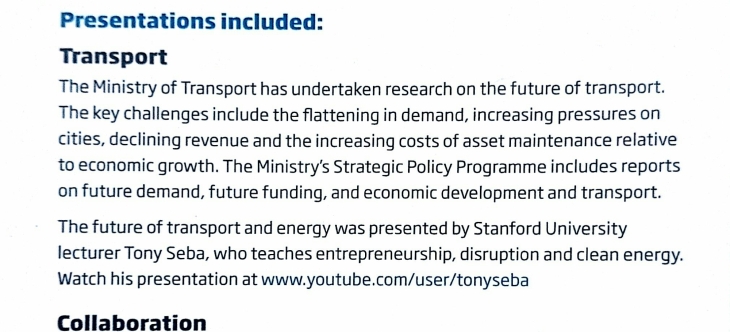Wellington Station. It’s probably the most glorious and identifiable building in the city, and it’s status is warranted: about 30,000 people travel through it each day – not bad given it’s location on the outskirts of the CBD.
The station sits close the New Zealand’s Parliament and its Governmental Ministries, the 40,000 people working along Lambton and Featherston Streets, and the supporting shops, bars, schools, and the waterfront. If you work around this area, the train’s just a short walk. But if you work further down Lambton Quay, or in the Courtenay and Cuba end of town, you’ll have a 20-30 minute walk from the train – on a nice day its one of the best; but on a real Wellington day, it leaves you wondering why you left home without a car (or why the train doesn’t go further into the city!).
The concept is easy:
-
extend the commuter line closer to the jobs in Lambton and Te Aro
-
allow people to quickly make trips within the CBD
In particular, the concept provides better transport options for people working at the Courtenay & Cuba end of town.
A number of studies across the decades have been undertaken to extend the passenger rail further into Wellington, though none have gained traction – even light rail has been discounted in favour of a BRT system recently – albeit through a very conservative (and pessimistic) costing model provided by consultants.

Part of the proposed 1970’s Wellington Underground traveling under Thorndon to Parliament, Lambton and George Stations. The full plan continues to Newtown, Kilbernie and terminates at the Airport
While the proposals might be a hard-sell to a society raised on infinite, cheap oil, unquestioned car dependence and toll-free roads, the project would probably make more economic sense than Transmission Gully and any other RoNS motorway projects that have been sold on supposed ‘benefits to the economy’.
If the Kapiti expressway can be built through 17km of swamp, or if the Transmission Gully Road can be built steeply across an active fault line, then a couple of rail lines can be extended further over, under, or even through the city.
In the next few posts I’ll have a look at some options to see what could work, what’s been done in other cities around the world and how it could add real value to Wellington as a city, province and capital.




